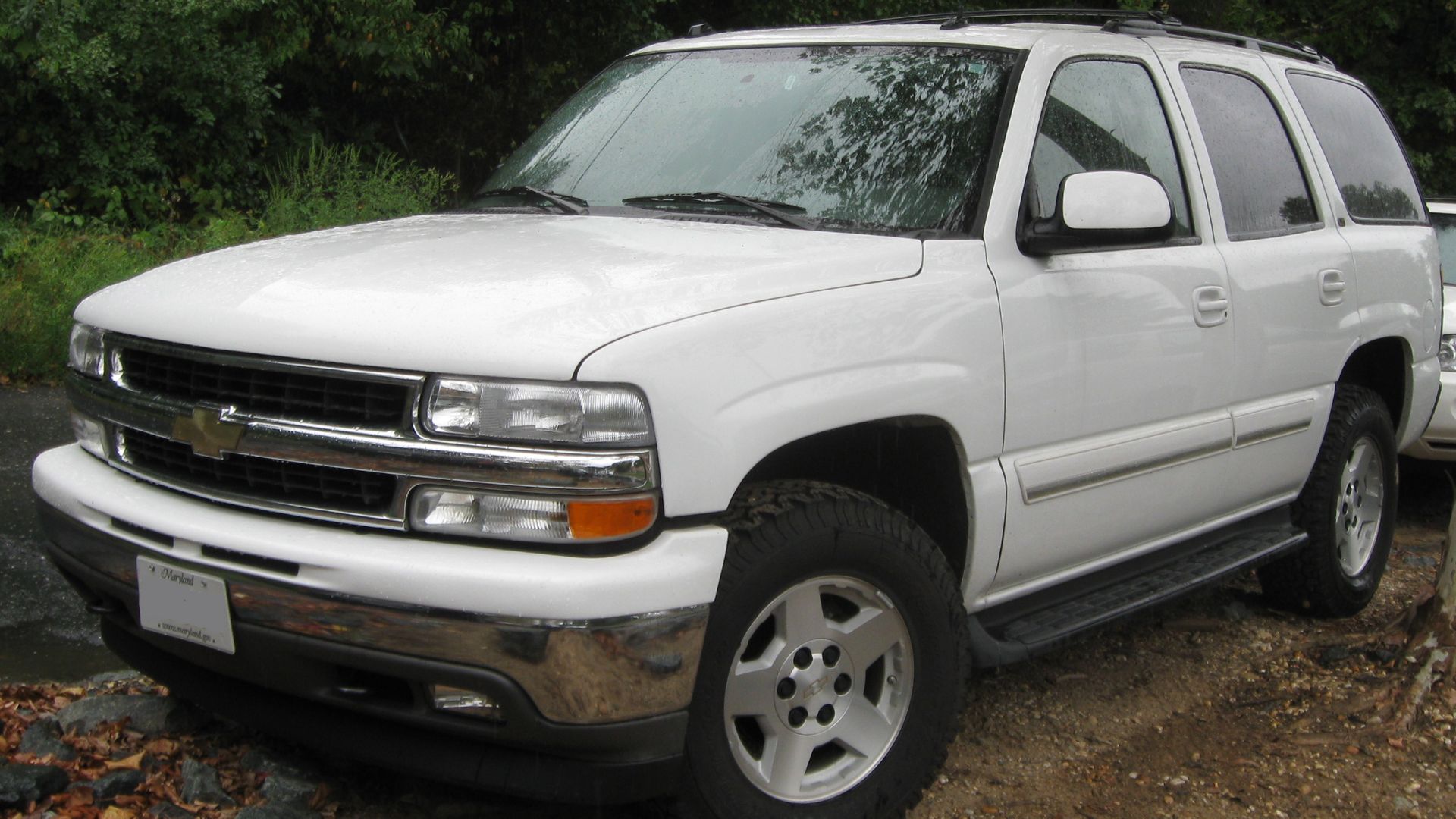Understanding Yukon Years: A Guide To Avoiding Potential Pitfalls
Understanding Yukon Years: A Guide to Avoiding Potential Pitfalls
Understanding Yukon Years: A Guide to Avoiding Potential Pitfalls
Introduction
With great pleasure, we will explore the intriguing topic related to Understanding Yukon Years: A Guide to Avoiding Potential Pitfalls. Let’s weave interesting information and offer fresh perspectives to the readers.
Table of Content

Understanding Yukon Years: A Guide to Avoiding Potential Pitfalls
The Yukon Territory, a vast and rugged expanse in northwestern Canada, is renowned for its breathtaking landscapes, rich history, and unique cultural heritage. While the territory offers a multitude of attractions and experiences, it is essential to acknowledge the challenges posed by its extreme climate and remote location.
Certain years in the Yukon’s history are marked by particularly harsh weather conditions, infrastructure limitations, and logistical difficulties. These years, often referred to as "Yukon Years," are best avoided by travelers and residents alike due to the potential for significant disruptions and hardships.
The Significance of Yukon Years
Understanding the concept of Yukon Years is crucial for planning trips, managing resources, and ensuring safety in the territory. These years are characterized by:
- Extreme Weather Conditions: The Yukon experiences long, cold winters with heavy snowfall and frigid temperatures. In Yukon Years, these conditions are exacerbated, leading to severe blizzards, prolonged periods of sub-zero temperatures, and treacherous road conditions.
- Limited Accessibility: Due to remote locations and challenging terrain, access to many parts of the Yukon is already limited. During Yukon Years, transportation becomes even more difficult due to road closures, flight cancellations, and disruptions to essential services.
- Increased Costs: The harsh conditions and logistical challenges associated with Yukon Years drive up prices for goods, services, and transportation. This can significantly impact travel budgets and create financial strain for residents.
- Potential for Disruptions: Yukon Years often lead to disruptions in daily life, including school closures, power outages, and shortages of essential supplies. These disruptions can cause significant inconvenience and hardship.
Identifying Yukon Years
While there is no official designation of Yukon Years, historical data and anecdotal evidence can help identify periods when conditions were particularly challenging.
- Weather Records: Analyzing historical weather data, including snowfall totals, average temperatures, and extreme events, can reveal years with significantly harsher conditions.
- News Archives: Examining news reports and historical accounts from the Yukon can provide insights into significant weather events, transportation disruptions, and other challenges faced during specific years.
- Local Knowledge: Consulting with long-time residents and experts on the Yukon can offer valuable anecdotal information about past challenges and potential future difficulties.
Strategies for Avoiding Yukon Years
While it is impossible to predict the weather with absolute certainty, travelers and residents can take steps to mitigate the risks associated with Yukon Years:
- Thorough Research: Before planning a trip or relocating to the Yukon, conduct thorough research on historical weather patterns, transportation options, and potential challenges.
- Flexible Travel Plans: Maintain flexibility in travel plans, allowing for potential delays, cancellations, and route changes due to weather conditions.
- Emergency Preparedness: Pack essential supplies, including warm clothing, emergency food, and a first-aid kit, in preparation for potential disruptions.
- Local Information: Stay informed about current weather conditions and travel advisories through local news outlets, government websites, and social media.
FAQs about Yukon Years
Q: What are some examples of Yukon Years?
A: While specific years are not officially designated, anecdotal evidence suggests that 1972, 1982, and 2007 experienced particularly harsh conditions and significant disruptions in the Yukon.
Q: How can I determine if a particular year is likely to be a Yukon Year?
A: Consult historical weather data, news archives, and local knowledge to assess the potential for extreme weather conditions and logistical challenges.
Q: What should I do if I find myself in the Yukon during a Yukon Year?
A: Stay informed about weather conditions and travel advisories, prioritize safety, and be prepared for potential disruptions to daily life.
Tips for Avoiding Yukon Years
- Plan trips during the shoulder seasons: Spring and fall offer milder weather and fewer crowds compared to peak summer and winter seasons.
- Consider alternative transportation options: Explore options like snowmobiling, dog sledding, or boat tours to access remote areas during challenging weather conditions.
- Stay informed about local conditions: Consult with local residents and businesses for up-to-date information on weather forecasts, road closures, and other potential disruptions.
Conclusion
While the Yukon is a breathtaking and rewarding destination, understanding the concept of Yukon Years is crucial for ensuring a safe and enjoyable experience. By researching historical data, staying informed about current conditions, and taking appropriate precautions, travelers and residents can navigate the challenges posed by extreme weather and logistical limitations, minimizing the risks associated with these challenging periods.








Closure
Thus, we hope this article has provided valuable insights into Understanding Yukon Years: A Guide to Avoiding Potential Pitfalls. We thank you for taking the time to read this article. See you in our next article!